Sweet Smart Choices: Your Health, Your Money, & the Earth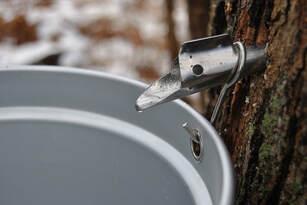 Smart people use pure maple syrup. That’s right. Let me defend that statement by first defining PURE Maple Syrup. Pure maple syrup is made of one ingredient: maple tree sap that’s been boiled down to a thicker consistency. That is very different from pancake syrup, which is made with corn syrup, artificial maple extract, caramel color, and added flavors. 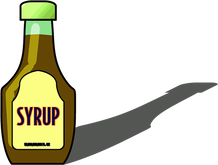 Pancake syrup has more ingredients and a lower price tag, coming in at about 10¢ - 20¢ per ounce. The least expensive pure maple syrup that you are likely to find is about 50¢ - 80¢ per ounce. You might wonder how paying more for a pure product makes you smarter than someone just trying to enjoy their breakfast a little less expensively. 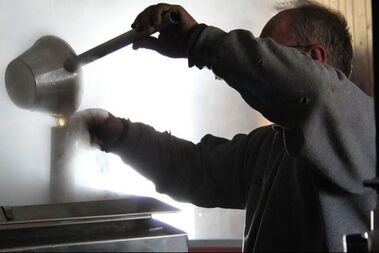 This price disparity exists because maple syrup production is labor and energy-intensive, weather-dependent, and requires a large quantity of sap (40+ gallons) to make only one gallon of syrup. There is no question that pancake syrup is cheaper than maple syrup. But choosing to purchase the more expensive product should come after considering the larger picture. Food Costs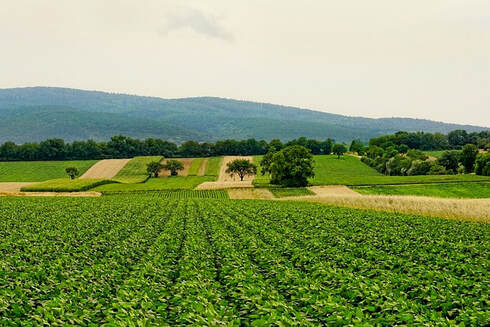 Students of Ecology may recognize the term “Green Revolution''. The Green Revolution of the mid-twentieth century transformed agriculture and increased world grain production. Those production increases are often credited with having helped avoid widespread famine. The amount people spend on food as a proportion of their income decreased as a result of modern agricultural practices. For example, in 1900, families in the US spent roughly 40% of their income on food, but by 1950, that amount was under 30%. In 2023 its about 11%.  The history behind the Green Revolution starts in the early 1900s. After the Great Depression (1929-1941), agricultural subsidies were put in place to help stabilize the food supply. This insurgence of money brought advancements in farming techniques, which greatly increased yields, especially of grains. 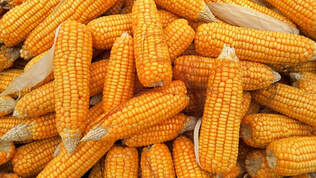 Today, agribusiness produces more than 12 billion bushels of corn yearly. With that abundance of cheap corn, the food industry makes cheap meat, milk, and eggs (by feeding the corn to livestock), and sweets (like pancake syrup). The store price tag of foods made from highly-subsidized crops like corn, wheat, and soy (think: cheeseburgers and soda) has seen a decline compared to less processed foods, like fruits and vegetables. But the types of calories that are least expensive at the store are the ones that are worst for us.  In the last few decades we’ve begun to realize that we need to consider the external costs involved in factory farming. What are the real food costs? That is, how else are we paying for that Happy Meal, besides what comes out of our wallets? (And what does that have to do with maple syrup?) Factory Farming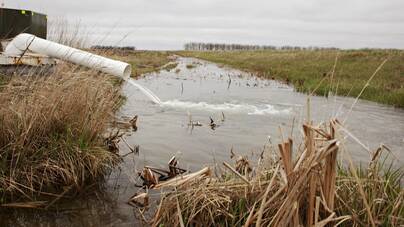 Modern farming has numerous costs, which are often discussed as a part of school Ecology lessons. Those costs include greater exposure of people to viruses circulating among wildlife because of land development; adverse health effects on humans from fertilizers and pesticides used to raise yields; the spread of zoonotic pathogens due to the lack of diversity among animals raised in enclosures; and the development of antimicrobial resistance because of their overuse in the farming industry. Agribusinesses are large polluters, releasing manure, chemicals, antibiotics, and growth hormones into water sources. 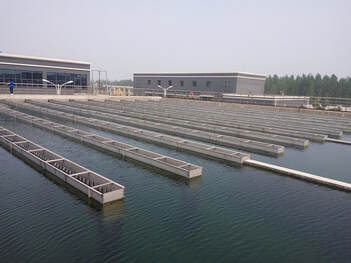 The Green Revolution enabled industrial farms to reduce their operating costs and produce food on a mass scale. Their technologies allowed them to sell items for cheaper prices and reduce hunger rates worldwide. But decades of the agri-business model have taken a heavy toll on the environment and raised concerns about the future of food production. Externalized costs, such as the funds required to purify contaminated drinking water or to treat diseases related to poor nutrition, are unaccounted for by the industry. Taxpayers incur those costs.  Additionally, humans pay for cheap food in rising obesity rates, lax safety measures, and disgraceful labor practices. And let's not forget about agricultural subsidies. That amounts to billions that taxpayers are giving wealthy farming conglomerates like Monsanto and Dow. Ethics, Fairness, and Sustainability We now see that efficient farming is not just a matter of production. Its also about environmental sustainability, public health, and economic fairness for all. While it is true that there are fewer people in the world who are undernourished, there are many people who are now malnourished. That’s because food with a lower price tag that is more affordable for the poor is energy-dense, but has few nutrients. Deficiencies that exist in high-energy-low-nutrient diets can impair cognitive development, lower disease resistance, increase risks during childbirth and, ultimately, affect economic productivity of disadvantaged people. 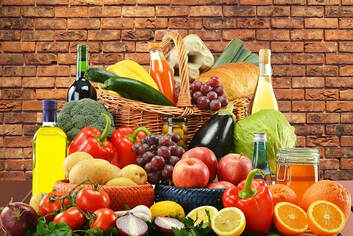 Let's be smart! Intelligent decisions are made by considering all aspects of a situation. Smart consumers consider the quality of foods that they ingest for the benefit of their own health, but also the health of the planet, on which all of human existence is based. For that reason, its important to scrutinize agricultural land usage, as well as economic fairness, and health.  Currently, half of the world’s habitable land is used for agriculture–mostly for dairy and meat production. And much of that cropland (36%) is used for raising grains and cereals to feed the animals we kill for food! Only 55% of the crops we raise are actually eaten by people. (About 9% are used for biofuels and industrial uses.) How inefficient! (https://iopscience.iop.org/article/10.1088/1748-9326/8/3/034015/pdf)  If people shifted toward a more plant-based diet it would mean less land would be used for growing crops. That would reduce greenhouse gas emissions, save water, and decrease pollutants leaching into the water and soil. Be Smart, People! Consider the Side-Effects of What You Eat 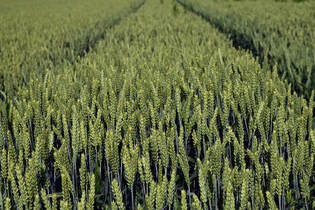 So many of us love our hamburgers, but truth-be-told, beef is not the only food which raises ethical and environmental concerns. The more we learn about the side-effects of large-scale food production, the greater the chance of causing anxiety from merely purchasing groceries. Here are just a few other examples: 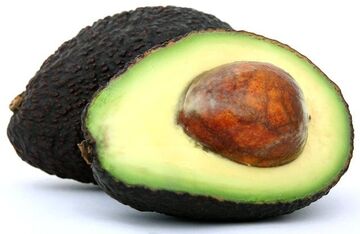 Avocado trees are part of monoculture plantations, which result in less nutrient-dense soil. The fertilizers and pesticides used negatively impact the surrounding biodiversity.  Californian almonds (salads, pastries, entrées) require a lot of water to grow; Child labor has been used in farming Turkish hazelnuts (cookies, Nutella); In Vietnam, human rights violations have occurred in the farming of cashews (sweets, snacks, meals). 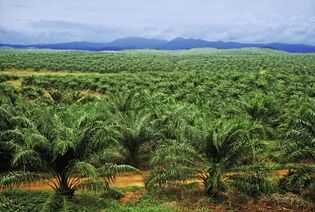 Anything with Soy or Palm Oils, which are used in many packaged foods: Both are grown in monocultures which generate greenhouse gasses that contribute to climate change. Both involve deforestation and habitat destruction for endangered species. They have high demands for resources: particularly energy, water, agrochemicals, and soil.  Most chocolate candy contains soy and palm oil. Most cocoa comes from farms with entrenched poverty, where child labor is used. Vast swaths of tropical forest are clearcut to make room for more cocoa farms.  Fish and seafood may be a concern if it was caught from an overexploited population or as bycatch of other marine life. If it is farmed, there may be concerns about the proper habitat, chemical use, farm waste, escape of the farmed species, or broodstock being captured from overexploited populations. 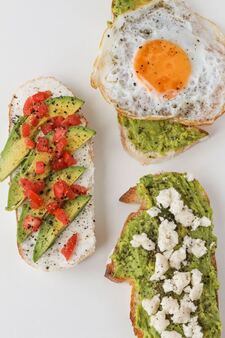 As you can see, there are complicated side-effects not just for your favorite protein sources, but also in guacamole, salty and sweet treats, and even basic cooking ingredients. As with all things in life, though, there are choices to be made. Some involve purchasing organic versions of your favorite foods, or those that have been harvested by organizations that conform to set standards (like those set by the Marine Stewardship Council (MSC) that oversees fisheries). 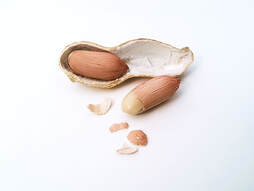 Being an integrious food consumer might even mean abstaining from one source entirely in favor of another. For example, almonds, hazelnuts, and cashews have a cachet, but the lowly peanut is a naturally sustainable crop that demands little water, has nitrogen-fixing properties and, when planted in rotation with other crops, reduces soil erosion 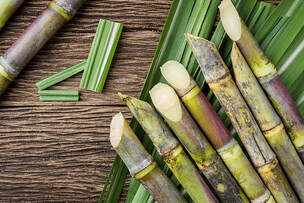 Another food we love that has some moral complications is sugar. Cane sugar has been America’s sweetener of choice since its importation in the 15th century. Conscientious sugar consumers should be aware of both ethical and health considerations when using sugar that has been harvested from cane plants. Sugar Cane sugar (sucrose) is typically harvested in countries with high poverty levels, leaving workers at risk of exploitation. The US Department of Labor estimates that there are 20 countries using child or forced labor in sugar production. Sugar cane is a water-intensive crop with a massive environmental footprint. It is burned before harvest to remove leaves, dry the cane, and crystalize the sweet sap within. Burning causes pollution and greenhouse gasses. 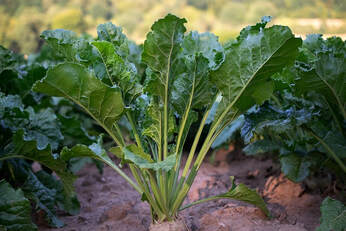 Sucrose can also be derived from sugar beets. Sugar beets do not require burning before harvest, but most US sugar beets are genetically engineered to resist the herbicide glyphosate (popularly recognized as “Roundup Ready”). This allows farmers to manage weeds with a spray, which is a cheaper strategy than weeding fields by hand. Due to public concern about GMO foods, many food companies source sucrose from “non-GMO” producers of cane sugar. 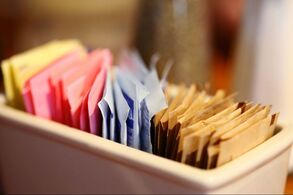 Although sucrose is also found naturally in honey, dates, and maple sap, it is most concentrated in sugarcane and sugar beets. Fortunately, grocery stores are filled with a plethora of other options. Unfortunately, many are lab-created and artificial, such as aspartame (Equal), saccharin (Sweet'N Low), and sucralose (Splenda). Those may be appealing as a way to control blood sugar and caloric intake, because they have zero calories. But they also have some associated health concerns, depending on the quantities used. More natural sugar alternatives are discussed below as “Natural Sweet Choices”. Natural Sweet Choices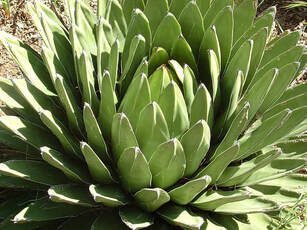 Agave nectar is an alternate sweetener which is derived from the agave plant. Producing the syrup generally involves breaking down the plant’s fibers, which diminishes its beneficial effects on metabolism and insulin. Mass production of agave occurs on large plantations with monocultures which require irrigation, synthetic fertilizers, and pesticides  Honey is made by bees using the nectar of flowering plants. Although Honeybees are not the only insects that make honey, they are the most prolific. The bees make and store honey for the cold winter months when flowers aren’t as available to feed on. Some people find it unethical for humans to exploit the labor of bees for their own benefit. Honey is essential for bee’s survival, but not essential to the survival of humans 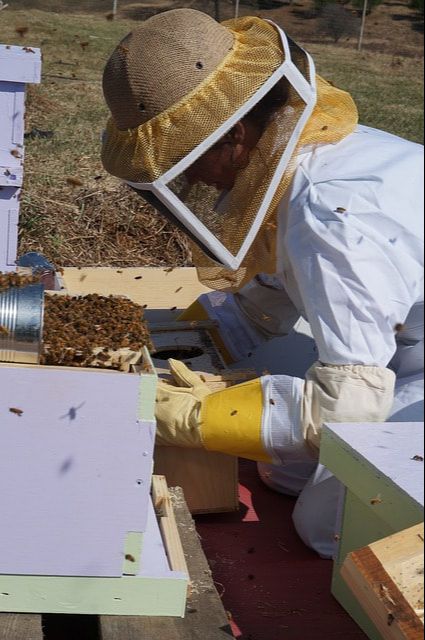 Also, honeybees are not native to the US. They were originally imported from Europe. They are raised and managed by beekeepers to make honey or to pollinate crops. They are agricultural animals, in the same way that sheep and cattle are. There are thousands of other bee species which live in the wild underground, in tree cavities, and in hollow plant stems. They play a vital role in ecosystems by pollinating flowering plants. Many are in peril; some species have disappeared. When flowers are abundant, there is plenty of pollen for both honeybees and their wild cousins. But, in many landscapes, farmed honeybees compete with wild bees for food, making it harder for wild species to survive. 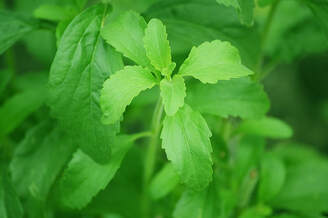 Stevia (Truvia) is a zero-calorie sweetener derived from a South American shrub. The plant’s leaves are steeped in water to extract its sweet-tasting compounds. Those compounds are then chemically altered to form the white powder that you purchase at the grocery store. Although Stevia is purported to have a lower carbon and water footprint than sugar, most Stevia is grown for large agribusiness corporations in areas that have labor issues. The processing necessary to extract the compounds from the original plant source requires multiple steps. Sweeteners with stevia are more expensive than sugar and most artificial sweeteners. Stevia can cause side effects such as bloating, nausea, and gas, and may affect the endocrine system and disrupt the gut microbiome.  Monk fruit grows in Asia and can be used as another zero-calorie sweetener. The fruit is a small green melon that grows on a vine. To extract the compounds which give the fruit its sweetness, monk fruit is harvested, dried, crushed, soaked, filtered and concentrated into a syrup or powder. The main concerns about the environmental impact of monk fruit production include water use, soil health, pesticide use, energy consumption, packaging, and transportation. The fruit is also a comparatively low-energy crop, with farmers currently using sustainable practices. Monk fruit sweetener is not as easy to find as other sweeteners. Monk fruit sweeteners tend to be pricier than many other types of sweeteners and may contain additives, which degrade the quality. 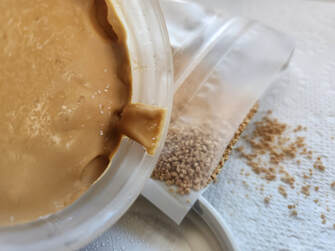 Maple is a sweetener that was enjoyed by indigenous peoples long before it was first “discovered” by Europeans (c. 1536). Its production is centered in northeastern North America, but given the correct weather conditions, it can be made wherever maple trees grow. Maple sap can be turned into syrup, granulated maple sugar, and maple cream, each with varying amounts of evaporation time.  It takes about forty gallons of sap to get only one gallon of syrup. A spreadable maple cream or granulated maple sugar can each be made by further boiling the syrup at different temperatures. The production of each of these unique maple products is achievable with just basic kitchen equipment The Smartest Sweetener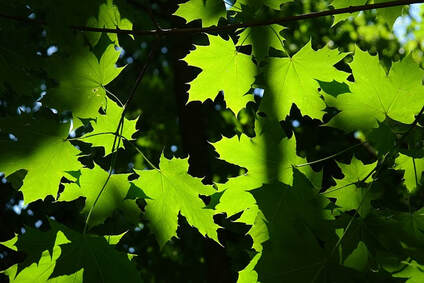 Not only does making maple syrup require little processing compared to other sweeteners, its ecological impact is minimal because maple sap is harvested from trees that are environmentally beneficial. Harvesting methods have advanced, but have not strayed from maple’s long history of being ethically and sustainably sourced.  Early maple producers made a small incision in maple trees with an ax and caught sap flow in buckets. More modern production includes spiles which are tapped into pre-drilled holes. The sap may flow into containers on the trees or through tubing into larger vessels or directly to a boiling facility (sugar shack).  Wood from a previously tapped and healed maple tree. Wood from a previously tapped and healed maple tree. The tapping process does create a wound, but it is a wound from which trees readily recover and does not endanger their health. In following sugaring seasons, producers tap different areas of individual trees, allowing continued collection of sap, as previously tapped areas heal. 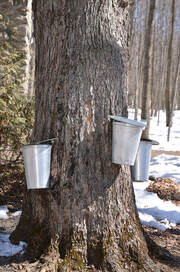 Sugaring seasons are short. Sap flows when temperatures climb above 40℉ during the day and fall below freezing (32℉) at night. Those fluctuations of cold nights and mild days cause the sap to freeze and thaw, pushing it out toward the tree trunk. In New York, those temperature variations happen in the spring, between February and March.  Maple sugaring (sap collection and its transformation into syrup) is natural, free from fertilizers and pesticides. The surrounding soil and water are unaffected. Besides sap production, maple trees pull carbon out of the atmosphere, and provide food and shelter for wildlife. They contribute to local and global sustainability efforts. They can do all that, as well as supply maple sap almost indefinitely. Well-tended trees can yield sap for over 100 years!  These qualities make maple unique among the world’s most popular sweeteners. Switching to maple as a primary sweetener is one choice consumers can make to act sustainably and play their part in protecting the environment. Buying maple is also an economic vote for fairness that echoes the sentiments of progressives who came before our time. The Goal of Ethical Capitalism is Not a New Idea 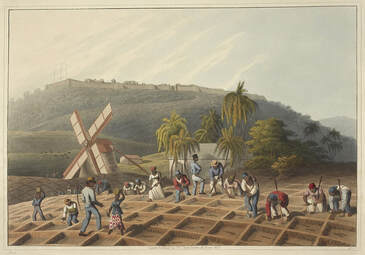 Many people assume the idea of moral commerce is new. But enlightened thinking existed before the twenty-first century. There were activists in the US and Britain during the 1700-1800s who believed cane sugar should not be purchased because it was produced using slave labor.  American activists like William Cooper (founder of Cooperstown, NY, home of the Baseball Hall of Fame) promoted ethical alternatives to cane sugar (like maple). But consumer movements against sugar were swimming against the tide. Americans’ desire for cheaper pies and cookies ruled the day, so abolitionists shifted their strategy to opposing cotton. Still, slavery in the US was not abolished until 1865. 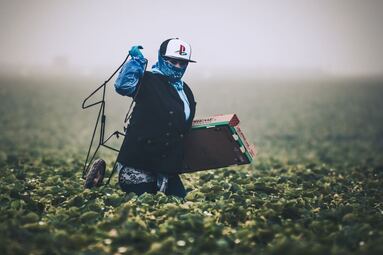 And slavery in modern form still exists. Today’s activists rail against forced labor and human trafficking in factories, domestic service, and the hospitality industries. Poor working conditions such as poverty-level wages, excessive hours of labor, and unsafe or unhealthful workplace conditions get news coverage. States like California and NY have been attempting to legislate transparency in supply chains by requiring large firms to disclose efforts to eradicate slavery among their suppliers. 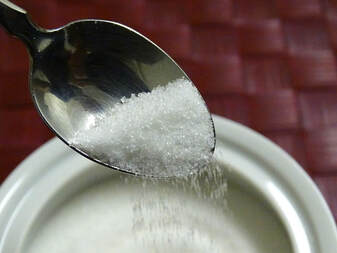 You might think that today’s Americans do not enslave people. Domestic sugarcane grown in Florida, Louisiana and Texas is harvested by machine, after all. But, according to https://www.statista.com/, in 2022, the US still imported over 3 million metric tons of the sweetener. (American consumption exceeded its production.) In much of the world, where labor is less expensive, sugarcane is still harvested by hand. Even in 2023, debt-bound Haitians continue to toil in squalor and poverty in cane fields earning below-subsistence wages.  Martin Luther King said: “Injustice anywhere is a threat to justice everywhere... Whatever affects one directly, affects all indirectly.” Choosing maple syrup as your primary sweetener is a vote against the abuses of sugar and is something a smart and conscientious consumer can do to support the environment, as well as economically vote against tyranny and inhumanity. Moderation It is worth noting from a health standpoint that, although maple is pure (nothing has been added to it), the sugars in maple syrup are considered "added sugars” in your diet. Keeping your intake of added sugars low is important. The daily limit, according to the Food and Drug Administration, is no more than 12 teaspoons. The American Heart Association recommends consuming even less per day: no more than 5 teaspoons for women; 7 teaspoons for men.
0 Comments
Leave a Reply. |
AuthorGertrude Katz has spent over 30 years teaching K-12 public school students all major subjects. She has taught biology and education at the college level. The majority of her career has been spent instructing biology at the secondary level. Categories
All
|
 RSS Feed
RSS Feed